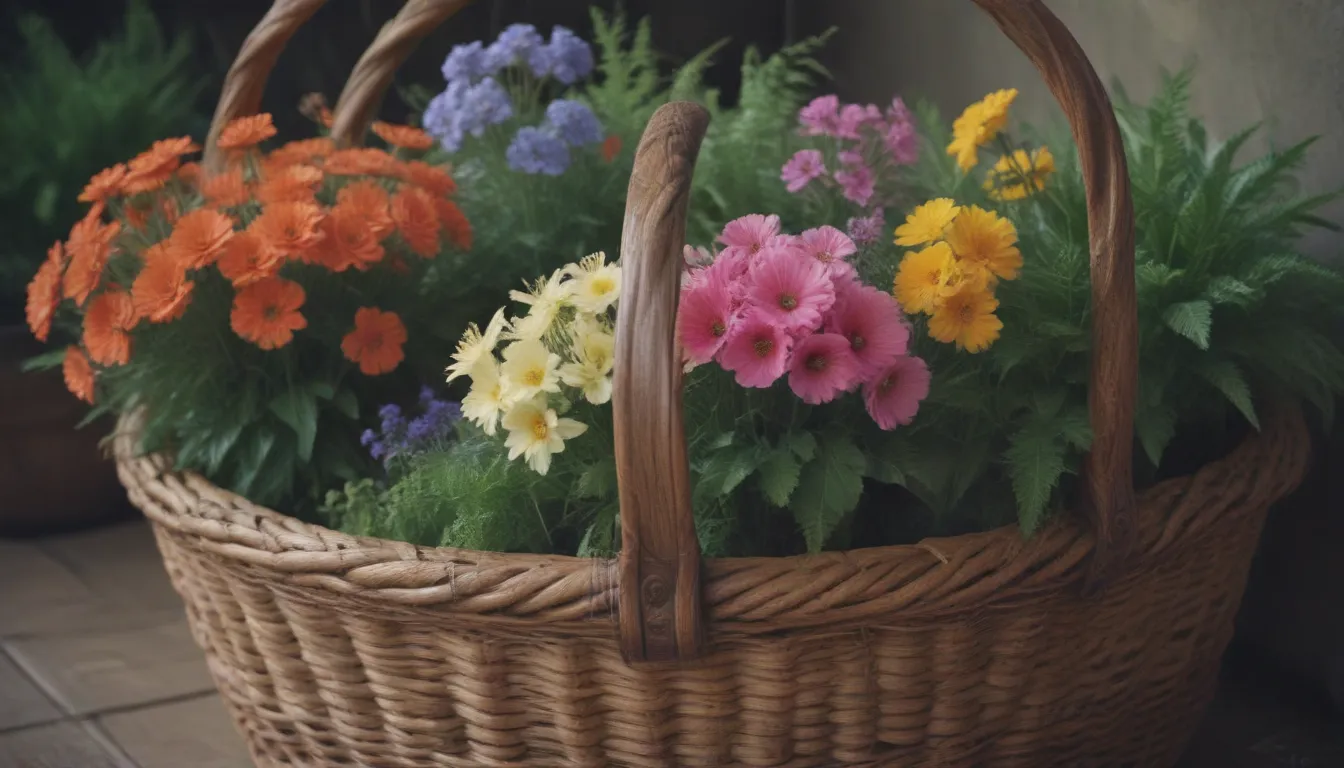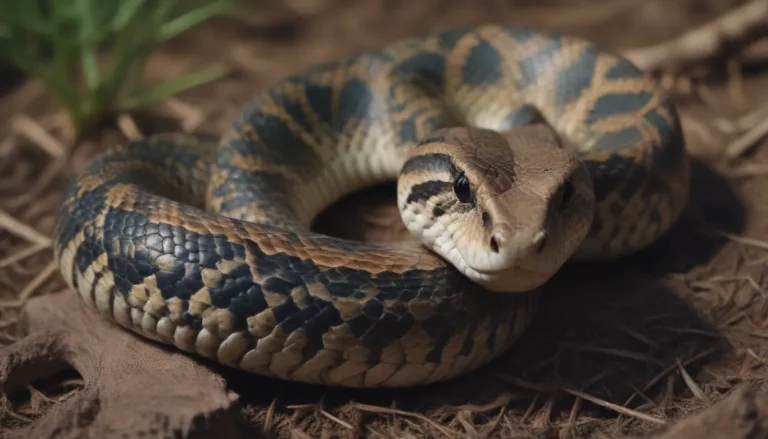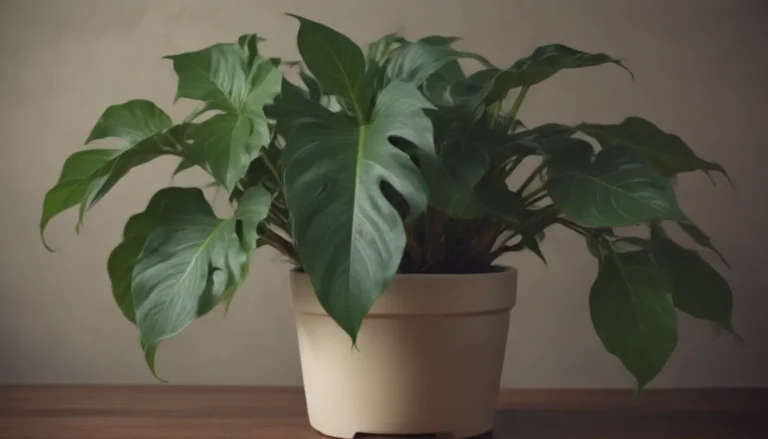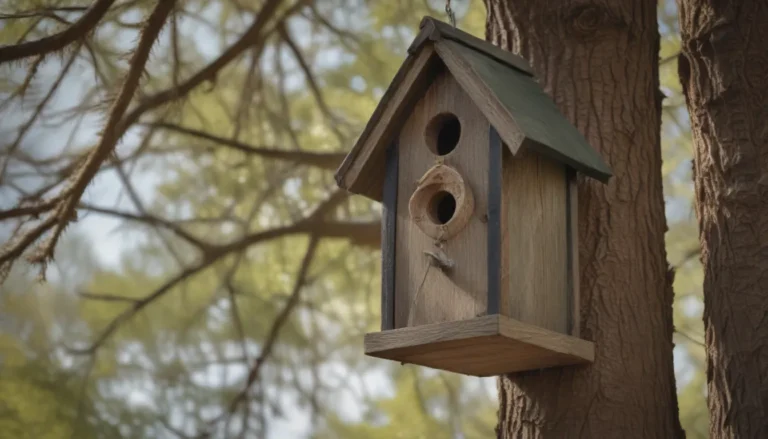How to Successfully Grow Basket Flowers

Are you looking to add a touch of beauty to your garden with the charming American basket flower? This annual wildflower gets its name from the basketweave pattern of its phyllaries surrounding the flower head base. With showy fringy pinkish-purple petals, the basket flower is sure to attract attention in your garden.
In this comprehensive guide, we will walk you through everything you need to know to successfully grow basket flowers. From care requirements to types of basket flowers and common pests and diseases, we’ve got you covered. So, grab your gardening gloves and let’s get started!
Basket Flower Care Tips
Here are the main care requirements for growing healthy and vibrant basket flowers:
Light
- Basket flowers thrive in full sun but can tolerate partial shade.
- Make sure they receive at least 6 to 8 hours of sunlight daily for best results.
Soil
- These resilient flowers can adapt to various soil types, including sandy, loamy, and clay.
- Ensure the soil is well-draining to prevent waterlogging.
- Basket flowers prefer slightly acidic to neutral pH levels for optimal growth.
Water
- Once established, basket flowers are drought-tolerant and can withstand dry conditions.
- Provide adequate moisture during the spring to promote healthy growth and impressive blooms.
Temperature and Humidity
- Basket flowers flourish in warm, dry regions with temperatures between 30 to 100 degrees Fahrenheit.
- They can also thrive in Mediterranean-style climates as well as hot, humid subtropical weather.
Fertilizer
- Enhance blooming and growth by adding compost or organic fertilizer in the spring.
- A well-balanced fertilizer can provide the necessary nutrients for healthy basket flowers.
Types of Basket Flowers
There are several cultivars of basket flowers available commercially, including:
– ‘Aloha Blanca’
– ‘Aloha Rosa’
How to Grow Basket Flowers From Seed
As annuals, basket flowers need to be grown from seed. Follow these simple steps to get started:
1. Choose a sunny location with well-draining soil.
2. Sow the seeds directly into the ground after the last frost date.
3. Water the seeds and keep the soil moist until germination occurs.
4. Thin the seedlings to allow for proper spacing.
Common Pests & Plant Diseases
While basket flowers are relatively low-maintenance, they may encounter the following pests and diseases:
– Aphids: Use a DIY spray to eliminate these pests from your flowers.
– Powdery Mildew: Prevent fungal issues by ensuring proper spacing between plants and using fungicides if necessary.
How to Encourage Basket Flowers to Bloom
Bloom Months
- Basket flowers typically bloom from May to August, with peak blooming occurring in May or June.
Appearance and Fragrance
- These annual wildflowers resemble thistles without the prickly texture, featuring large pink-purple petals with creamy centers.
- Enjoy the sweet and honey-like fragrance of basket flowers as they bloom in your garden.
Deadheading Basket Flowers
- To promote branching and continuous blooming, consider deadheading spent flowers and pinching off developing tips.
- While basket flowers self-seed, deadheading can encourage new growth for years to come.
With proper care and attention, basket flowers can reach heights of up to 4 feet, adding a stunning focal point to any garden. While they may self-seed and spread, they are not considered invasive and can be easily managed in small garden spaces.
In conclusion, growing basket flowers is a rewarding experience that can brighten up your garden with their vibrant blooms and unique foliage. By following these care tips and practices, you’ll soon be enjoying the beauty of basket flowers in your own backyard. So, roll up your sleeves and get ready to cultivate a stunning display of these delightful wildflowers!





